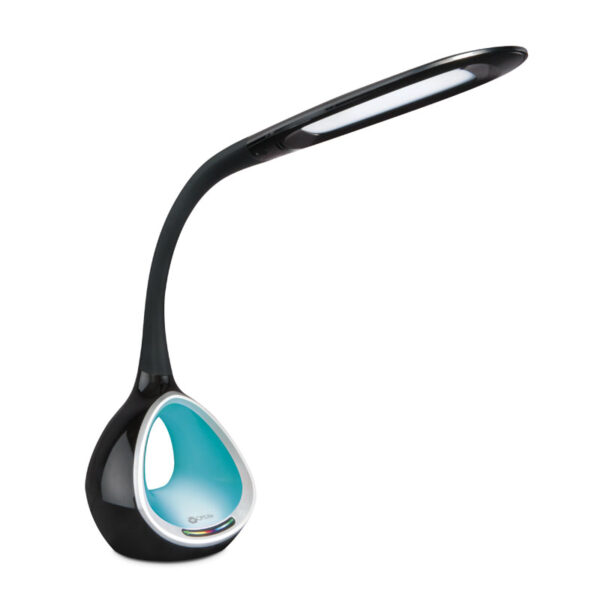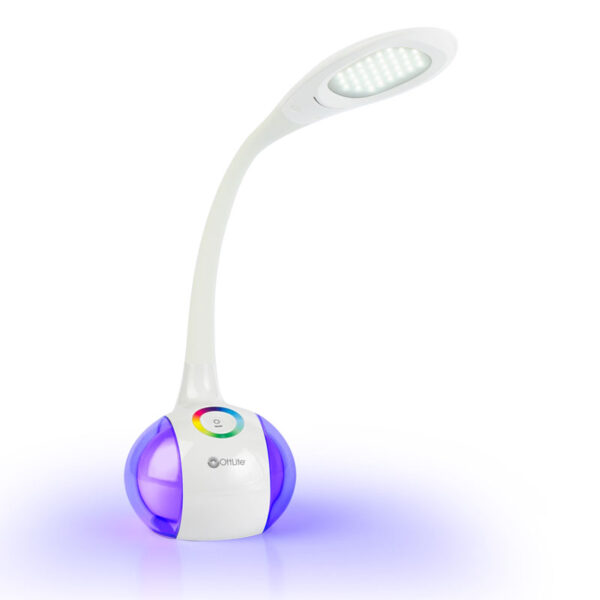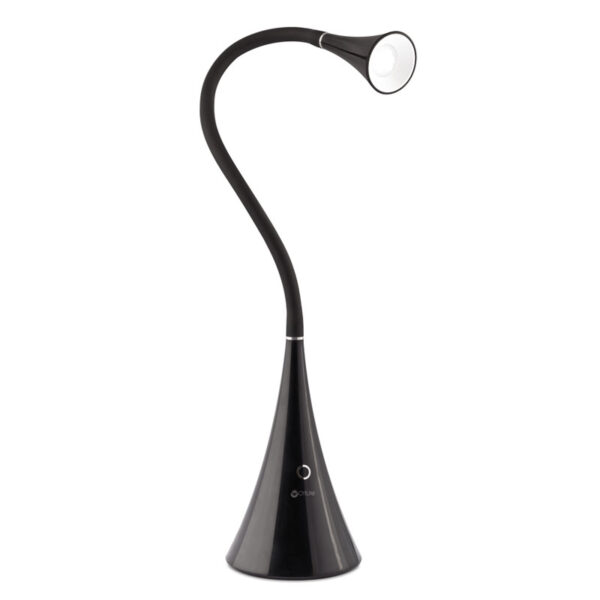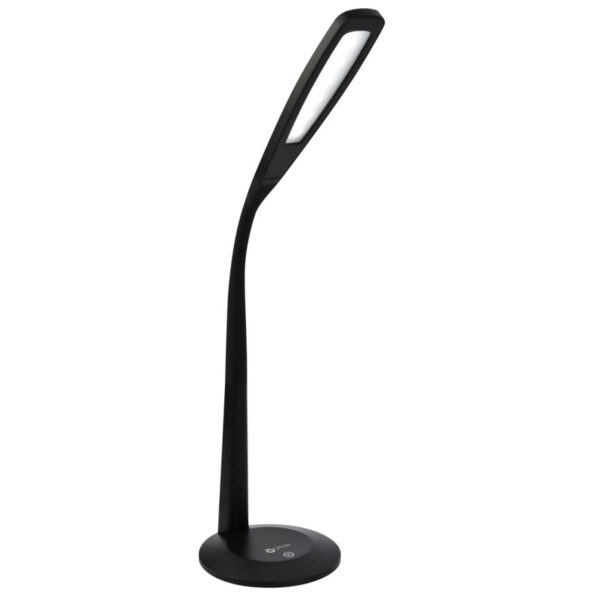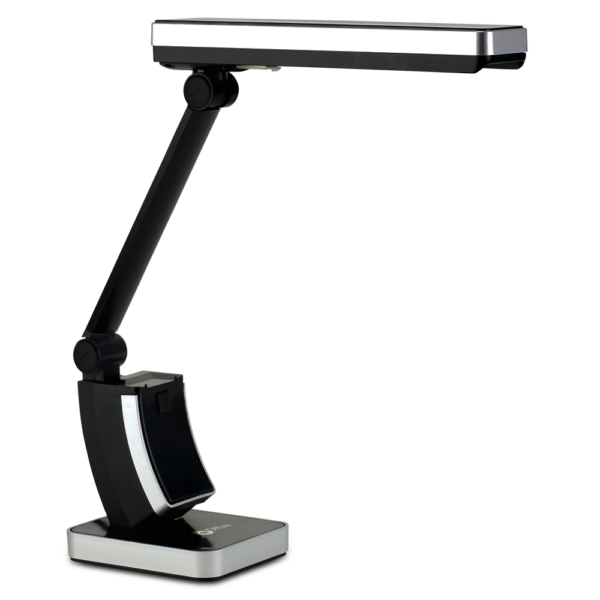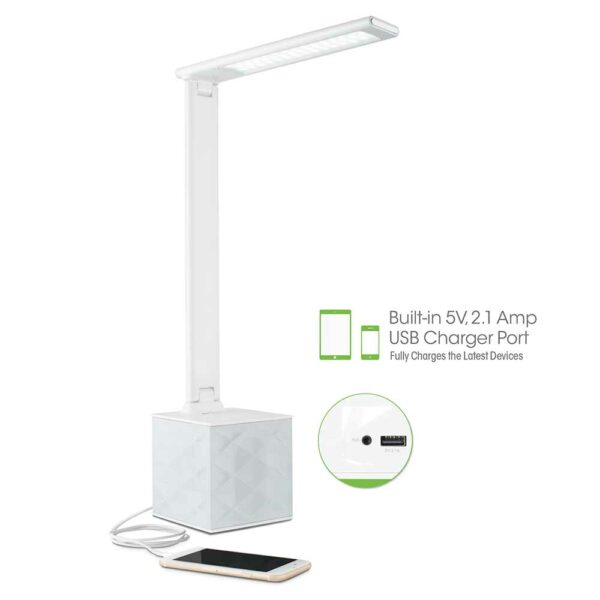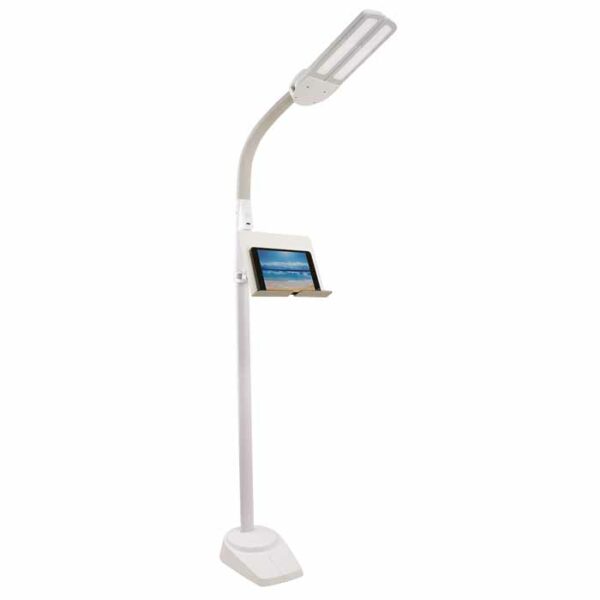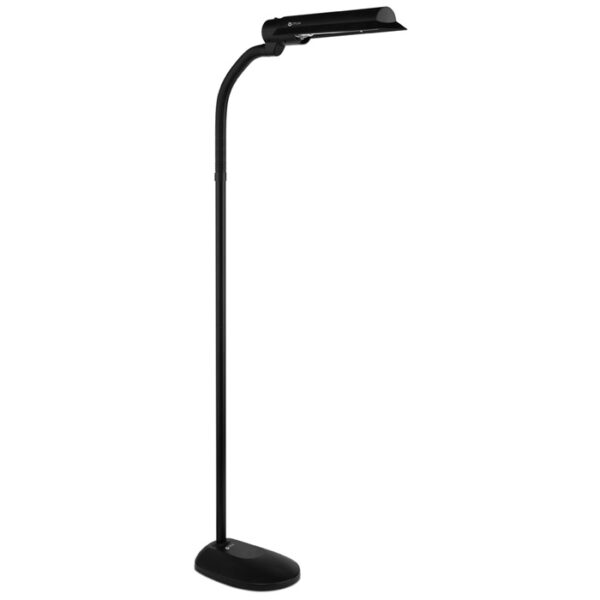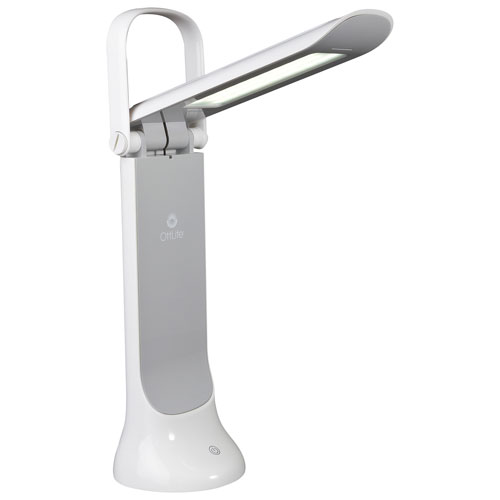Illuminating Your Workspace:
The Benefits of Natural Light Desk Lamps
Natural light desk lamps have emerged as a popular solution for those seeking an effective and energy-efficient way to brighten up their desk areas. These lamps are designed to simulate the qualities of natural sunlight, providing a plethora of benefits that go beyond mere illumination. In this article, we’ll explore the advantages of natural light desk lamps and why they are becoming an essential addition to modern workspaces.
Simulating Natural Sunlight
One of the primary advantages of natural light desk lamps is their ability to replicate the qualities of sunlight. Natural sunlight is known for its balanced spectrum of colors, which positively impacts our mood, focus, and overall well-being. These lamps use LED technology to mimic this spectrum, promoting a more vibrant and comfortable environment compared to traditional artificial lighting, one of the key factors of a quality natural light lamp is a high color rendering index.
The Importance of the Color Rendering Index (CRI)

When it comes to simulating natural daylight, the Color Rendering Index (CRI) plays a crucial role in determining the quality of illumination. CRI measures a light source’s ability to accurately represent the colors of objects compared to natural sunlight. For natural light desk lamps, a high CRI is particularly important as it ensures that the colors of your surroundings, be it documents, artwork, or other objects, are rendered faithfully and true to life. The closer the CRI is to 100, the more accurately the lamp can reproduce the full spectrum of colors. This is especially beneficial for tasks that require color accuracy, such as graphic design or photo editing, where subtle color variations can make a significant difference. When selecting a natural light desk lamp, considering the CRI is essential to ensure that you not only enjoy the mood-enhancing benefits of natural light but also maintain precision in your visual tasks.
Color Temperature Considerations

Color temperature is a fundamental aspect that significantly influences the ambiance and functionality of your workspace. Measured in Kelvin (K), color temperature refers to the warmth or coolness of the light emitted by a source. Natural light typically has a color temperature around 5000 to 6500 K, providing a cool, refreshing feel akin to daylight. Natural daylight lamps often offer adjustable color temperatures, allowing users to customize the lighting to their preferences and the nature of their tasks. A higher color temperature, in the cool spectrum, is ideal for tasks requiring focus and attention, such as reading or detailed work, while a warmer color temperature may be more suitable for creating a cozy and inviting atmosphere. Striking the right balance in color temperature not only enhances the visual appeal of your workspace but also contributes to a more comfortable and adaptable lighting environment. The versatility offered by natural light desk lamps, with their adjustable color temperature settings, ensures that you can create an optimal lighting experience tailored to your specific needs and preferences.
Understanding Lux and Lumens in Daylight Desk Lamps
In addition to CRI, two other important metrics to be aware of are lux and lumens. These measurements are crucial in determining the effectiveness and practicality of natural light lamps.
Lux: Lux is a unit of measurement for illuminance, representing the amount of light that falls on a surface. In the context of natural light desk lamps, lux is particularly important as it indicates the brightness of the light reaching your workspace. The appropriate lux level depends on the tasks you perform. For general office work, a recommended lux level is around 500 lux, while tasks requiring more precision, such as reading or detailed work, might benefit from higher lux levels. Adjustable lux settings in natural light desk lamps provide users with the flexibility to tailor the brightness to their specific needs, ensuring optimal visibility and reducing eye strain.
Lumens: Lumens, on the other hand, quantify the total amount of visible light emitted by a light source. While lux measures light intensity on a surface, lumens indicate the overall brightness produced by the lamp. When choosing a natural light desk lamp, considering lumens is essential to ensure that the illumination is sufficient for the size of your workspace. A lamp with higher lumens is generally suitable for larger areas, providing ample light coverage. Lumens also play a role in energy efficiency; a higher lumen output with lower energy consumption contributes to a more sustainable and cost-effective lighting solution.
Understanding both Lux and Lumens is valuable when selecting a natural light desk lamp for your home or office. Lux guides you in adjusting the brightness to suit your tasks, while Lumens help you gauge the overall brightness output of the lamp. A balance between these two metrics ensures that your workspace is not only well-lit but also tailored to your specific lighting needs, promoting comfort, productivity, and visual clarity.
Reducing Eye Strain
Prolonged exposure to harsh, artificial lighting can lead to eye strain and discomfort. Natural light desk lamps, with their close resemblance to sunlight, offer a softer and more diffused glow. This helps reduce glare and minimizes eye strain, creating a more comfortable and visually pleasing workspace. As a result, individuals can work for longer periods without experiencing the fatigue associated with poor lighting conditions.
Enhancing Productivity
Studies have shown that exposure to natural light positively influences productivity and focus. Natural light is closely linked to our circadian rhythms, the internal body clock that regulates sleep-wake cycles. By incorporating natural light into your workspace, you can align your body’s natural rhythm, leading to improved alertness and concentration. Natural light desk lamps — or daylight desk lamps — are particularly beneficial for those working in spaces with limited access to natural sunlight.
Adjustability and Customization
Many natural light desk lamps come with adjustable settings, allowing users to customize the intensity and color temperature of the light. This flexibility enables individuals to create a lighting environment that suits their preferences and the specific tasks at hand. Some lamps even offer features such as timers and dimmers, providing additional control over the lighting conditions, these color temperature options are great for adjusting the lighting mood of your work or living space throughout the time of day.
Mood and Well-Being
Beyond the functional benefits, natural light has a positive impact on our mood and overall well-being. Exposure to natural light is associated with the release of serotonin, a neurotransmitter that contributes to feelings of happiness and relaxation. By incorporating natural light desk lamps into your workspace, you can create a more uplifting and enjoyable atmosphere, contributing to a better work-life balance.
Investing in a natural light desk lamp is an impactful step toward creating a healthier and more productive workspace. By harnessing the benefits of natural daylight, these lamps offer a solution to the challenges posed by traditional artificial lighting. Whether you’re working from home, in an office, or pursuing creative endeavors, the positive effects of natural light on your well-being and productivity make it a valuable addition to any workspace.


